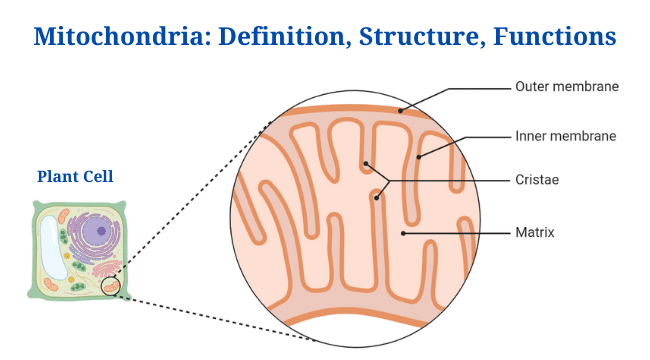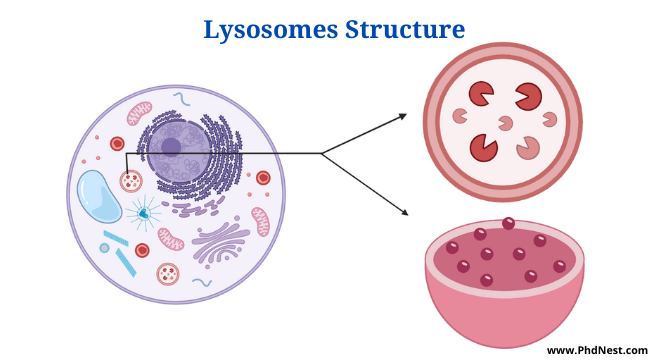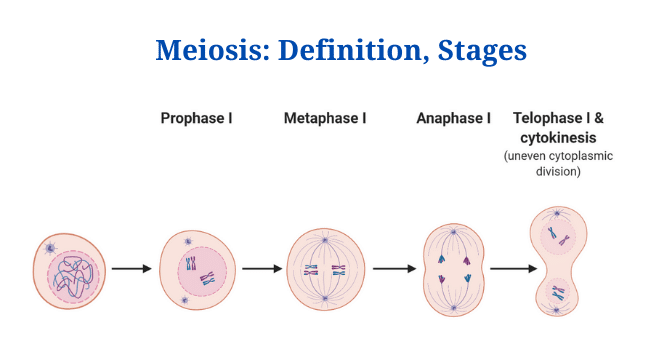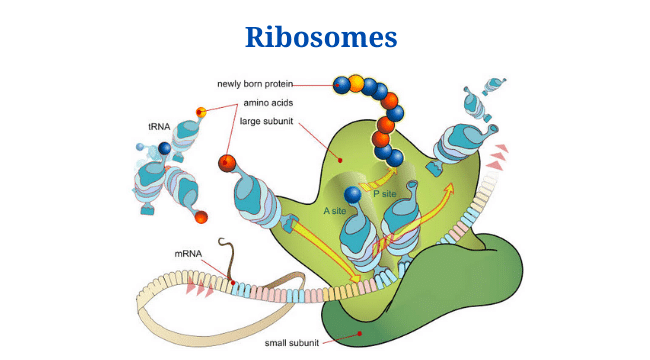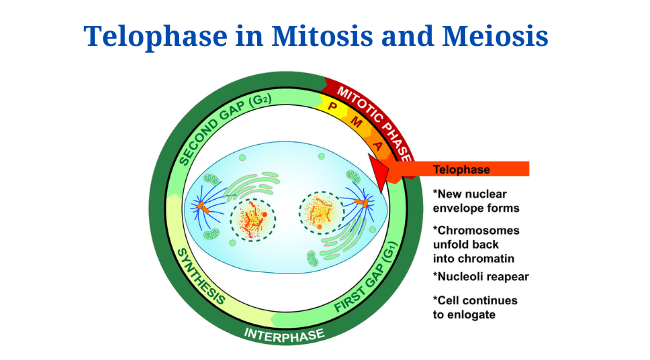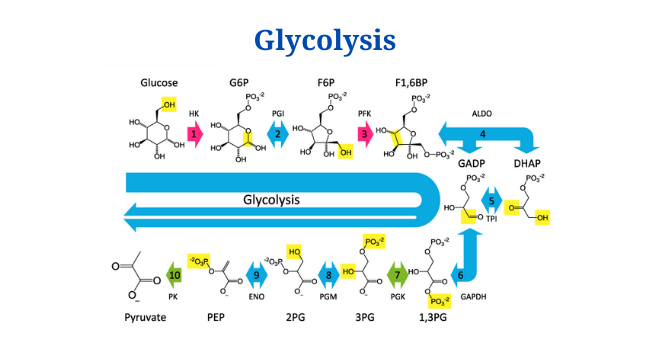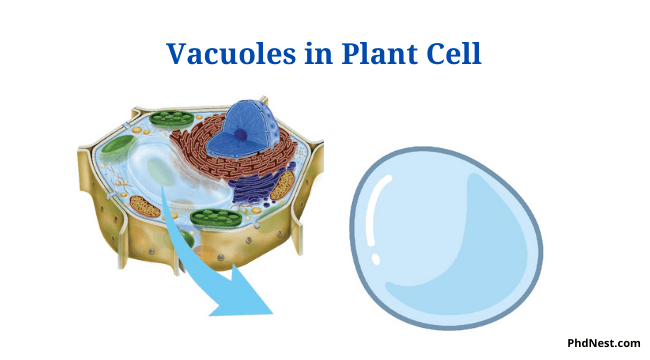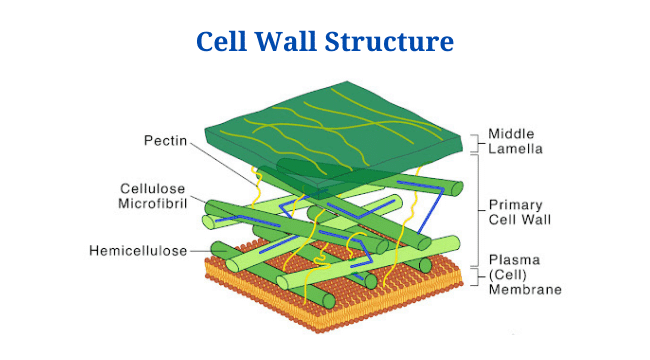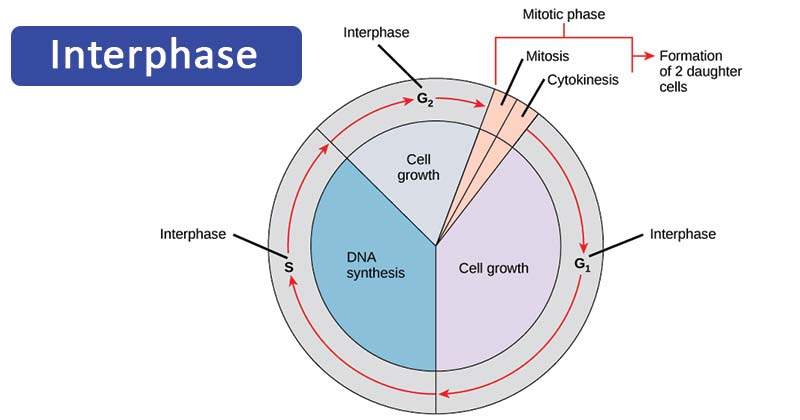Mitochondria: Definition, Structure, Functions, Diagram
Mitochondria Definition Mitochondria are oxygen-consuming ribbon-shaped cellular organelles that float freely within the cell. They are called as the “powerhouse of the cell” because they provide all of the cell’s biological energy by oxidising the available substrates. The mitochondrial enzymatic oxidation of chemical molecules releases energy. Because mitochondria serve as energy generators, they can be … Read more

